One of the fastest ways to transform the space inside your home is by adding a rug. It can improve a room’s appearance and enhance its decor. Aside from being aesthetically pleasing, it is also functional. It cushions your fall, hides imperfections on the floor, protects it from further damage, and absorbs sound.
That is why many homeowners become enthusiasts and even collectors once they experience its benefits. So if you can’t help stopping if you pass by a shop window full of rugs, don’t worry, you are not alone. And if you are in the market for a new one, here are eight of today’s best rug artists that you should not miss.
4 Famous Persian Rug Workshops
1. Alabaf
If you are new to the wonderful world of rugs, one of the first names that you will hear is Alabaf.
Alabaf is a family of weavers that has been making rugs of the highest quality since the early part of the 20th century. It all started with Hassan Alabaf, the first of three generations of master weavers so far, who had a factory in Tabriz, which is located in East Azerbaijan.
The workshop was big even back then, with more than 300 looms and around a thousand workers and weavers. It was where Abbas Ali Alabaf — the subsequent leader of the business — started, dyeing, weaving, and designing rugs.
By 1938, at the young age of 20, Abbas was already in charge of all the sales. Eleven years later, he was running the operation after the elder Alabaf passed away.
From the time of Hassan to the time of Abbas, Alabaf rugs were widely recognized for using 100% natural materials, including the coloring which came from vegetable dyes. The third generation of master weavers started using 5% chemical colors. Still, they have managed to maintain the family legacy and continue to carry the torch for the Persian rug industry.
2. Astan Ghods Razavi
Astan Ghods Razavi is a charitable trust that operates in Mashad, the second-most populated city in Iran. This large organization owns buildings, wholesale and retail outlets, and several factories, including auto plants, agricultural enterprises, and other businesses.
Before the Iranian Revolution in the late 70s, Astan Ghods Razavi did not have a very prolific rug-making operation, as they were weaving only for Imam Reza Temple and meeting a few special orders in off sizes.
They clearly saw the potential in the industry, and four years after the revolution, they established the rug company. The rugs that they produce are made from high-quality wool and dye, and you can expect them to look better over time.
3. Habibian
Nain rugs are made with the Persian knot using high-quality wool and silk as highlights. It is a very stylish rug that is popular among collectors and enthusiasts. If you are a big fan too, you have the Habibian workshop to thank.
Fatollah Habibian is considered by many as the father of Nain rugs. He first started weaving in 1903 under the guidance of his father, who owned an aba workshop.
When the demand for aba waned, he was forced to sell the rug he wove years before, and it reportedly fetched him a handsome sum of money equivalent to 13 pounds of silver. Fatollah, along with his brother, set up their own operation, which turned into one of the biggest names in the rug industry.
Both brothers have now passed away, and the company is now run by one of Fatollah’s grandsons.
4. Khadivi
Khalil Khadavi was another master weaver who started making his name in the early 20th century. He built his business from the ground up, starting as a designer and weaver and eventually becoming a foreman in Amoghli, which is a very famous workshop in Mashad.
While working there, he started weaving his own rugs, most of which were very fine and tightly woven. He did not make too many pieces, but with the quality of his work, he quickly gained recognition.
Khalil owned 35 looms at the peak of his career, operating in Mashad and nearby cities like Sarshoor and Noghan. He passed away around 40 years ago, and his son a few years ago, but his grandson has kept the business running using the same signature.
4 Up and Coming Persian Rug Workshops
5. Saber
Saber was a master weaver who started at a very young age in Mashad around 70 years ago. At one point, his operation saw about 60 looms specializing in large sizes that are no smaller than 12 square meters.
Saber passed away 20 years ago, and his work was continued by Bazmi, a master weaver who worked as a foreman for 35 years under Saber. Another weaver in the Mashad area was permitted to use the Saber signature, although his work has not hit the market yet.
6. Amir Khizi Javan
Amir Khizi Javan was a master weaver born in 1899. He did not waste much time and started his own workshop in Tabriz by 1923. He had only four looms at the start, but with his creativity, unique color combination, and use of high-quality wool, his creations quickly gained recognition not only in the country but beyond.
At its peak, his shop had 150 looms operated by 200 highly skilled weavers under his watchful eye.
Amir grew up with nothing and this pushed him to be sympathetic to the poor when he prospered. This endeared him further to the people of Tabriz who were already in love with his rugs in the first place.
He died in 1973, and his older son continued the important work of bringing the family’s signature rugs to people all over the world. This went on until 2020 when the second generation Javan finally retired too.
7. Shirfar
Shirfar is one of the more contemporary designs when it comes to Tabriz rugs. It first entered the market 28 years ago, thanks to Mr. Naghi Shirfar. The innovative design and unique color combination grabbed the attention of enthusiasts, collectors, and merchants alike. Experts believe that Shirfar rugs were revolutionary and infused new life into the fading color harmony of Tabriz rugs.
Naghi’s three sons now run the business and are all actively involved in both the creative and manufacturing process.
8. The Iranian Carpet Company
The Iranian Carpet Company or ICC started its operation 68 years ago, but it can trace its roots farther back to the East India Company in 1934. It now has a presence in 44 cities across the country, with around 25,000 workers handweaving 50,000 square meters of rugs every year. The company supplies the wool and other materials needed by the workers and gives out loans to replace old looms.
With so many options to choose from today, picking just one or two can be overwhelming. So the next time you shop for a rug, check out these signatures to make your decision-making process easier.
What are your thoughts?
We hope that you enjoyed this article. If you have any thoughts, questions, or suggestions, leave them in the comment section below.
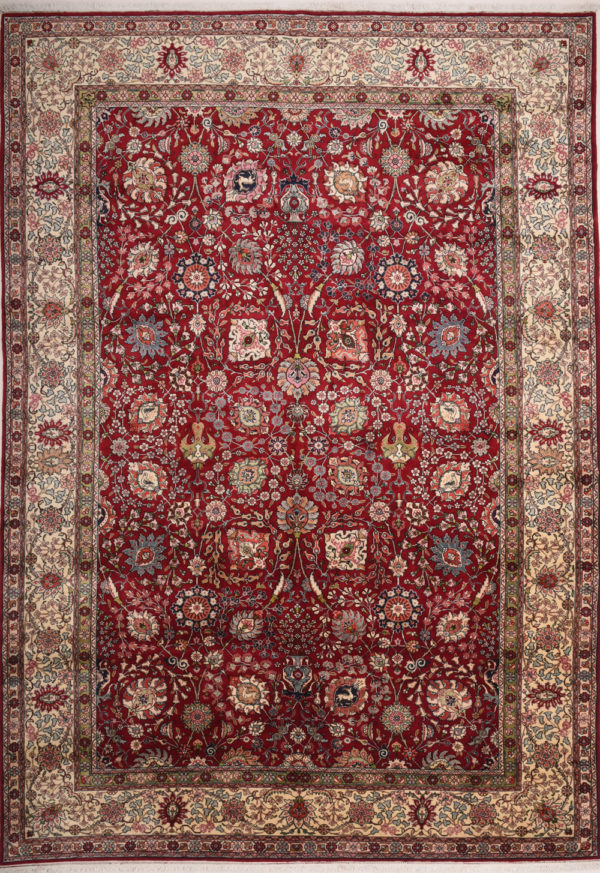
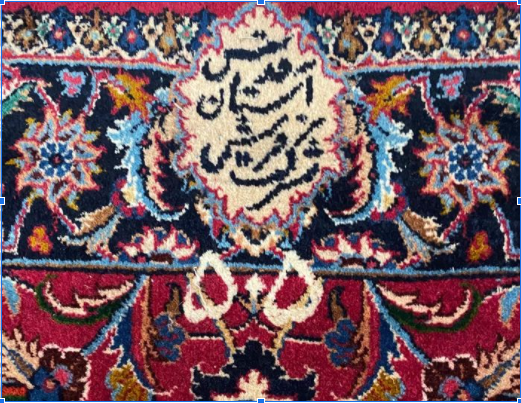
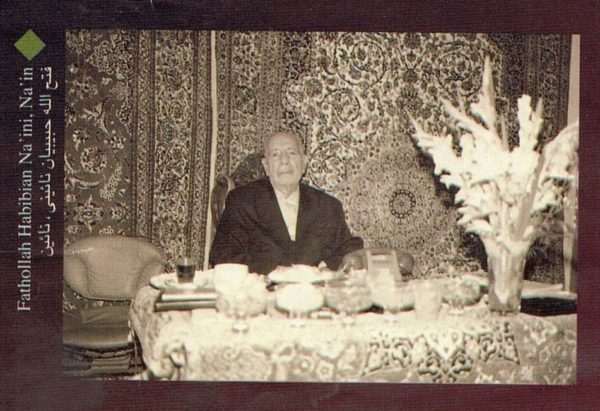
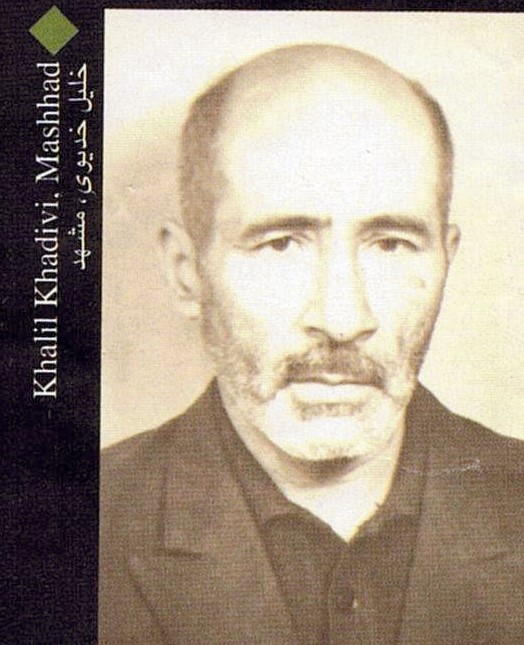
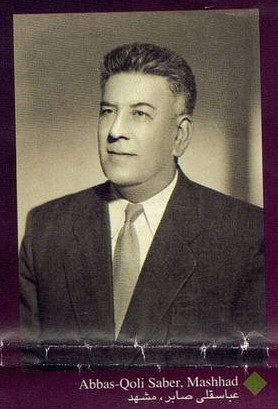
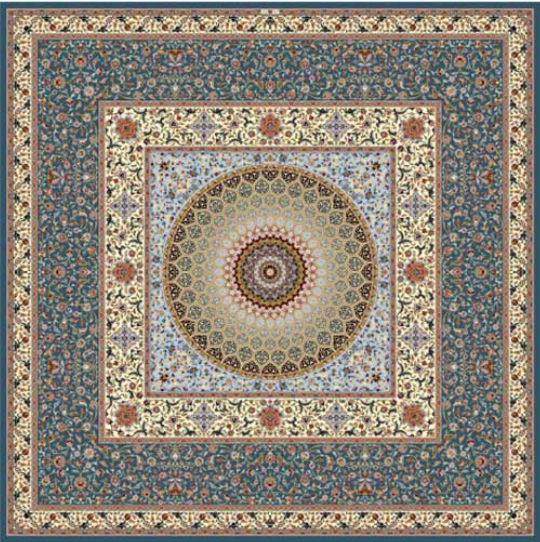
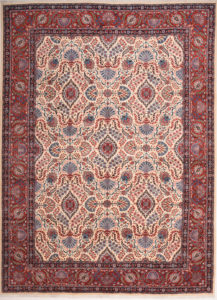
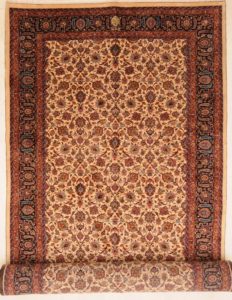
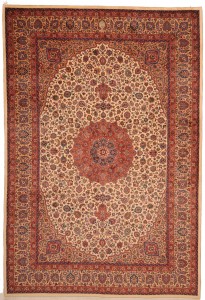
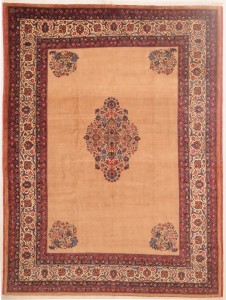
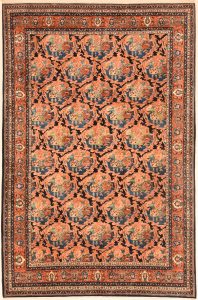
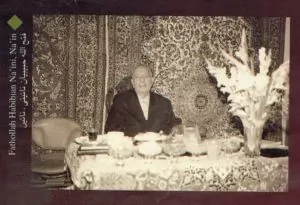

4 thoughts on “8 Famous Persian Rug Workshops”
I have learned and enjoyed ALL the information you sent me. This started when I searched to find a good Persian carpet for my son.
Presently he is not ready to buy yet. The information you send helps to learn and be ready for a good choice.
Thank you
Thank you for your comment and if you need any help to find a nice rug for your son let me know.
Never heard of any of these.What about Haihagi,Serifian etc???Qum master weavers and Taba Trabiz?
All these workshops made rugs or still make rugs some of them more famous and some less but all of these workshops made and make nice rugs.